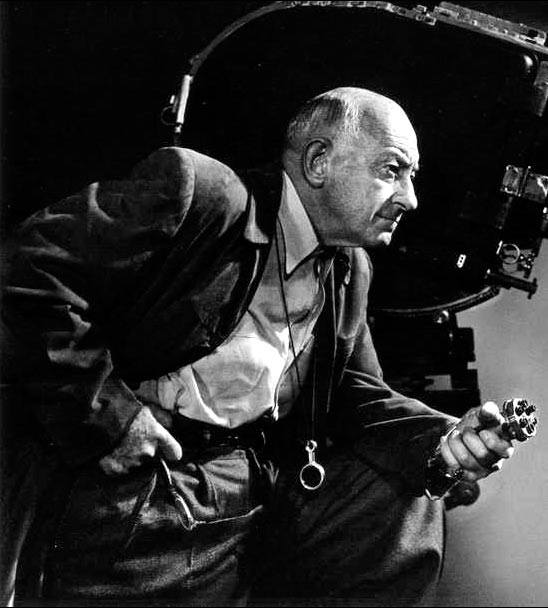
Stories of Hollywood extravagance have become very common nowadays as movies like Avengers, Avatar, Gravity, etc, are made on a huge budget. However, what we might not know is that Hollywood has a history of spending billions on movie sets, which often have to be destroyed or abandoned after one shoot.
One such instance happened with director Cecil B. DeMille's movie, The Ten Commandments, the props of which are being unearthed now in California. The Biblical epic of 1923 was shot majorly at the Guadalupe-Nipomo Dunes in northern Santa Barbara County.
After the film was completed, the set, built by 1,600 workers, was rumoured to have been blown and buried by dynamites as it was too expensive to be moved. The buried portion is said to include four 11-metre Pharaoh statues, 21 sphinxes and 110-feet gates.
Now, the head of a massive sphinx belonging to this movie has been discovered beneath the sand dunes in California. The head, made of 300-pound plaster, is intact and still bears some of its painting. It was hidden in the ground for 95 years.
Previously, another sphinx head was discovered in 2012 but its body could not be recovered. The current discovery is in much better condition and measures 5x3x8 foot, which says that the sphinx was about 12 stories high and 800 feet wide. These movie props were designed by Paul Iribe, the Father of Art Deco.

"The majority of it is preserved by sand with the original paint still intact. This is significant and shows that we're still learning unexpected facets of film historical movie production such as the fact that objects in black and white films were actually painted extremely intense colours." says Doug Jenzen, executive director of the Dunes Center, reports Mirror.
Apart from Egyptian props, regular items such as liquor bottles, tobacco tins and makeup items have also been excavated from the site, giving a hint of the movie cast and crew's life and schedule.
The Ten Commandments was critically and commercially acclaimed upon release for its Red Sea parting scene, technical effects and advanced visual splendour. DeMille himself remade this film in 1956 in another massive set, making it one of the most extravagant movies ever made in Hollywood.


